The first of these events occurred in a
very remote part of northern Idaho near the Canadian border, at a place
called Ruby Ridge. The Weaver family had moved there in the 1980s to
escape the "corruption" of American society, actually believing that
some kind of apocalyptic event was about to hit the world. Problems for
the Weaver family began with a land dispute with a neighbor, in which
the Weavers won a court case and small financial award, and the
neighbor retaliated by informing the FBI and the Secret Service that
the father of the family, Randy, had made threats on the life of the
President, the Pope and the Idaho governor (all lies fabricated by the
angry neighbor). This then put the Weaver family under watch by the
federal authorities. And here is where the matter got completely out of
control – by government action ... not through anything that the
Weavers had done.
Using a government informant that Weaver
thought was a friend, Weaver was invited by that person in 1986 to
attend meetings of the World Aryan Congress, and then the "friend"
reported on Weaver for the next few years to federal Alcohol, Tobacco
and Firearms (ATF) authorities. Then in 1990 ATF charged Weaver with a
flimsy firearms case, in order to get him to also become an informant,
which he refused to do.
Thus, after building up an intricate plan
of attack, the ATF in January of 1981 moved to arrest Weaver. To do so,
ATF agents posed along the side of the road as broken-down motorists,
in order to intercept him away from his "dangerous" home – people that
Weaver stopped to assist. Then the warrant sent to Weaver for him to
appear in court failed (accidently?) to get the right date of the
hearing. Thus Weaver, naturally, did not show up on schedule.
This then became cause for more serious
action when Weaver, suspecting a federal government trap, refused to
give himself up to authorities when they came to arrest him for his
failure to show up in court on schedule. Now a long stand-off
developed, bringing the federal authorities to develop a plan to bring
the "dangerous" Weaver in (who had actually at that point still
committed no particular crime, except the one growing from the
government's own failure to get the dates right on a warrant).
Taking the next months to try to build a
stronger case against Weaver, the federal authorities believed they
finally had cause when a news helicopter claimed (falsely) that it had
been fired on when it was covering the story of the stand-off above the
Weaver cabin. Now the feds could move on the Weaver family.
Thus in August of the next year (1992)
six Federal Marshals were sent to raid his home. Shooting broke out in
the woods nearby when his fourteen-year-old son and his dog and
Weaver's friend Harris went out to see why the dog was making such a
commotion, and a firefight broke out, in which Harris was wounded, the
boy and the dog were killed, and a U.S. Marshall was killed. Now the
Marshals were furious and moved on the main house, a government sniper
killing Weaver's wife when she went to the door to let Harris back into
the house. Then for the next twelve days a stand-off took place, as
several hundred state and federal officers took position around the
house while agents negotiated a Weaver surrender.
In a follow-up investigation it was
revealed that the Federal agents had disregarded horribly the Rules of
Engagement (ROE). And they also had virtually no case against Weaver.
Thus the trial which took place the next year (1993) did not go well
for the federal government. Weaver was ultimately acquitted of all
charges, except the one of missing the court date, which cost him an
additional four months in prison and a $10,000 fine. Charges against
Harris, who had shot the Marshall during the firefight in the woods,
were dismissed on the grounds that he had merely responded to being
fired on by individuals who had not identified themselves as federal
officers. In 1997 a second attempt to convict Harris would be
attempted, charges thrown out by a judge because this constituted
"double-jeopardy" (a person cannot be tried twice for the same crime).
Ultimately the surviving members of the
Weaver family brought a $200 million suit against the federal
government for wrongful death (the Weaver son and wife), but settled
out of court for an award of a little over $3 million (although the
prosecuting attorney later confessed that had the Weavers actually gone
to trial, they probably would have indeed won the $200 million award).
The whole "Ruby Ridge episode" became
famous, as books and even songs were written and a CBS miniseries
(1996) and a follow-up Hollywood movie were produced based on this
horrible tragedy.
It was a huge embarrassment for the U.S.
government, which subsequently undertook to review its arresting
procedures. But this would not occur until another tragedy of a like
nature had taken place.

 The Ruby Ridge incident (1992-1997)
The Ruby Ridge incident (1992-1997) The Waco Siege (February-April 1993)
The Waco Siege (February-April 1993) The Oklahoma City bombing (April 19, 1995)
The Oklahoma City bombing (April 19, 1995) The O.J. Simpson murder case (1994-1995)
The O.J. Simpson murder case (1994-1995) The Million Man March (October 16, 1995)
The Million Man March (October 16, 1995) Dr. Kevorkian ("Dr. Death")
Dr. Kevorkian ("Dr. Death") Extramarital sex in high places (1998)
Extramarital sex in high places (1998)  The Columbine High School Massacre (April 20, 1999)
The Columbine High School Massacre (April 20, 1999)





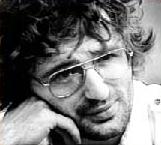
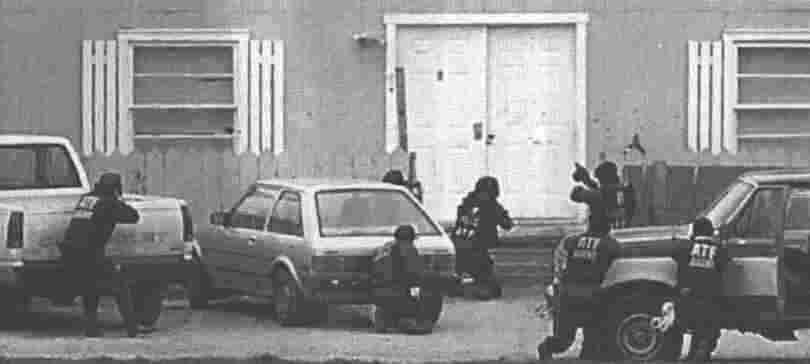

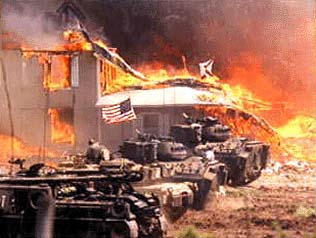
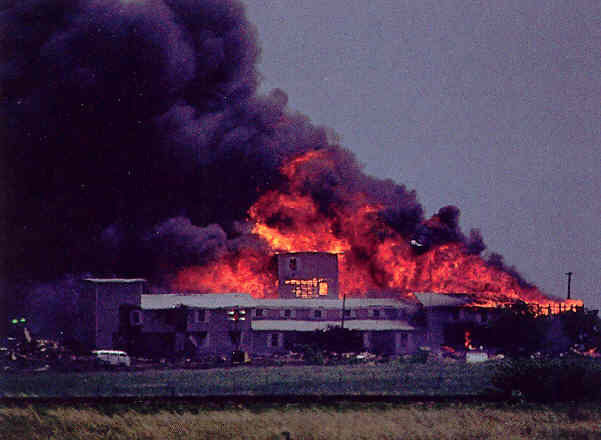


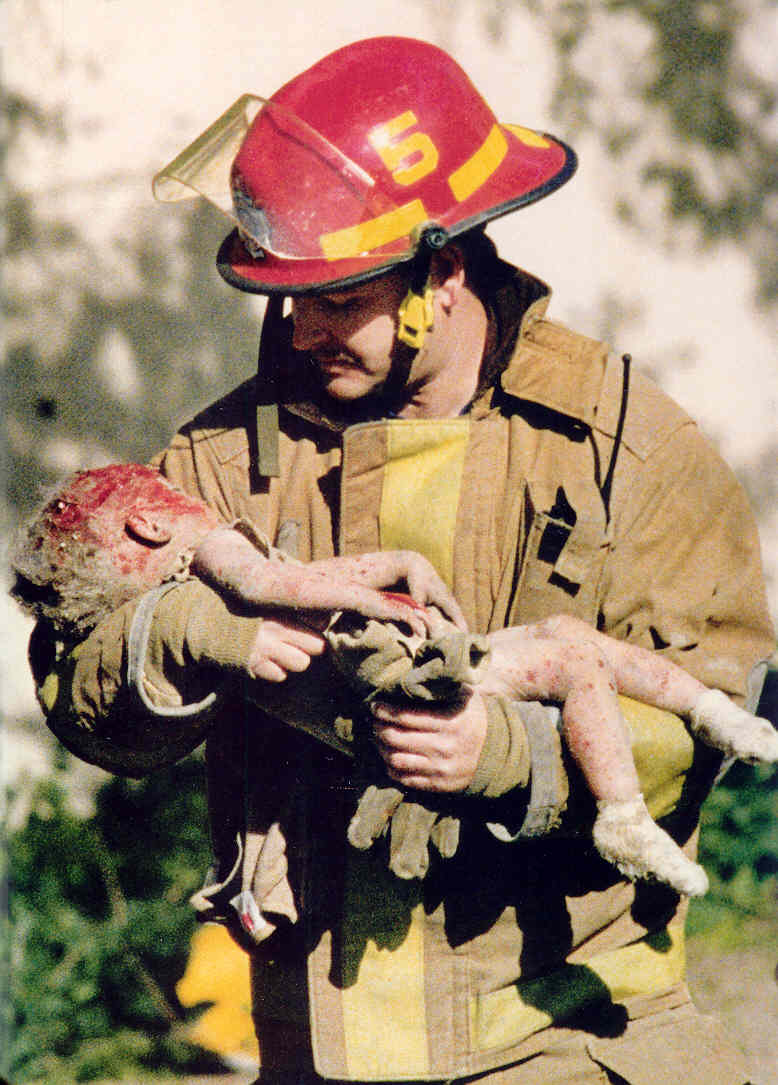
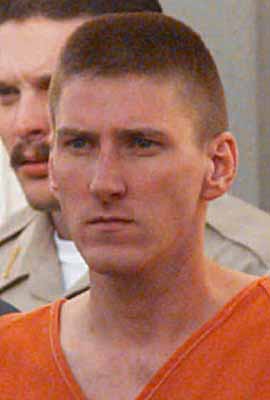
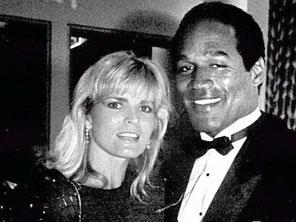
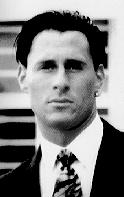
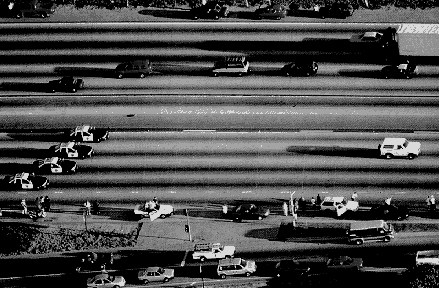
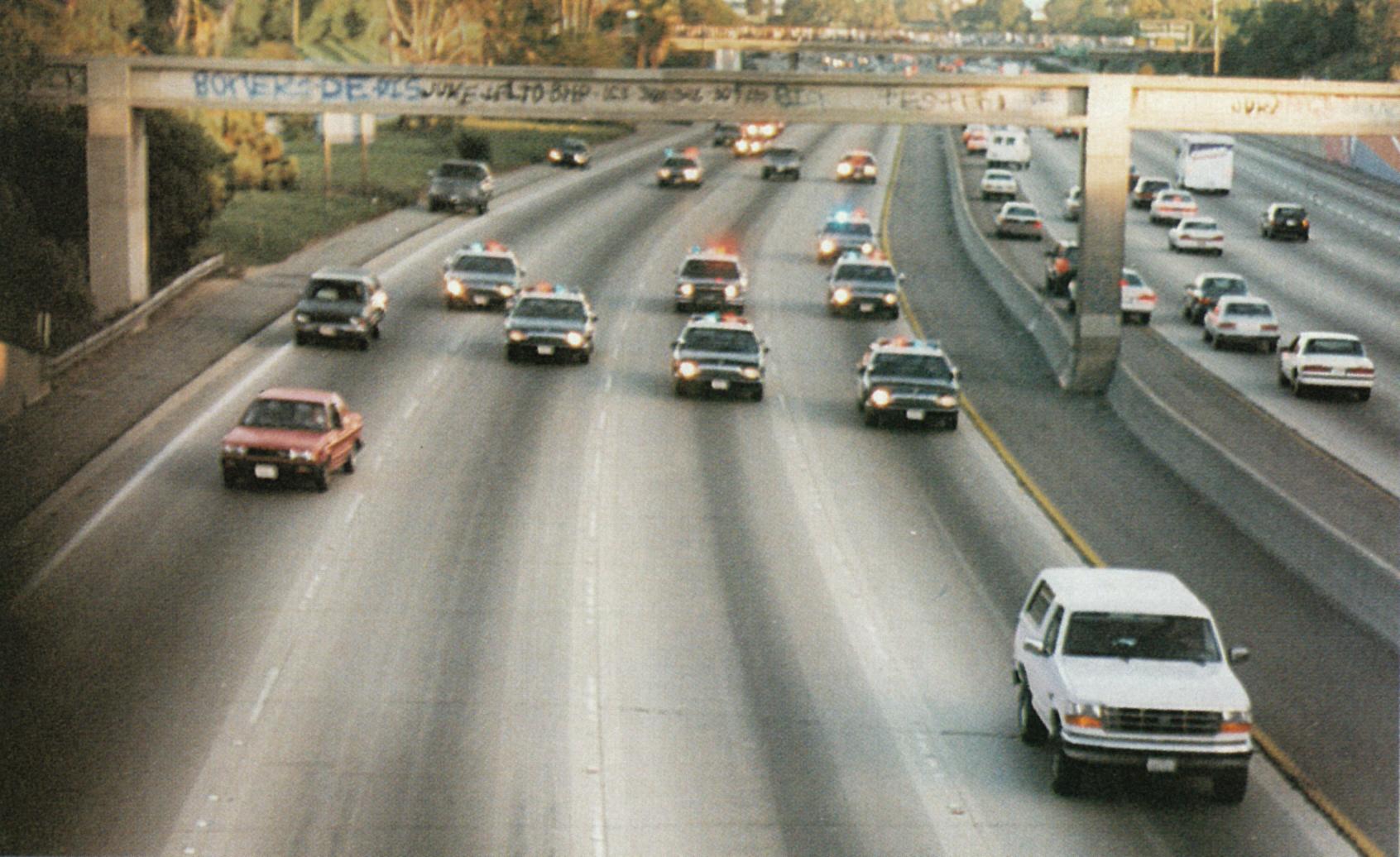
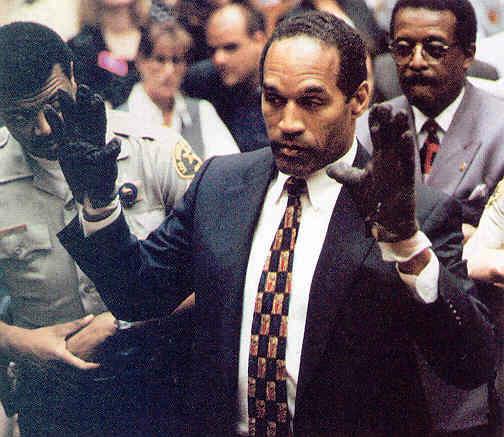
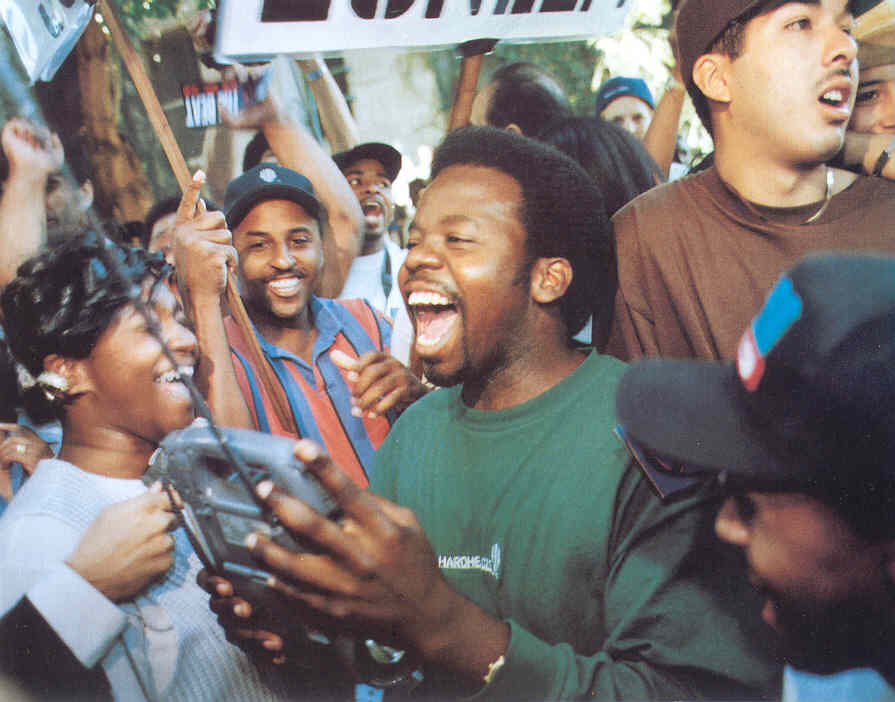
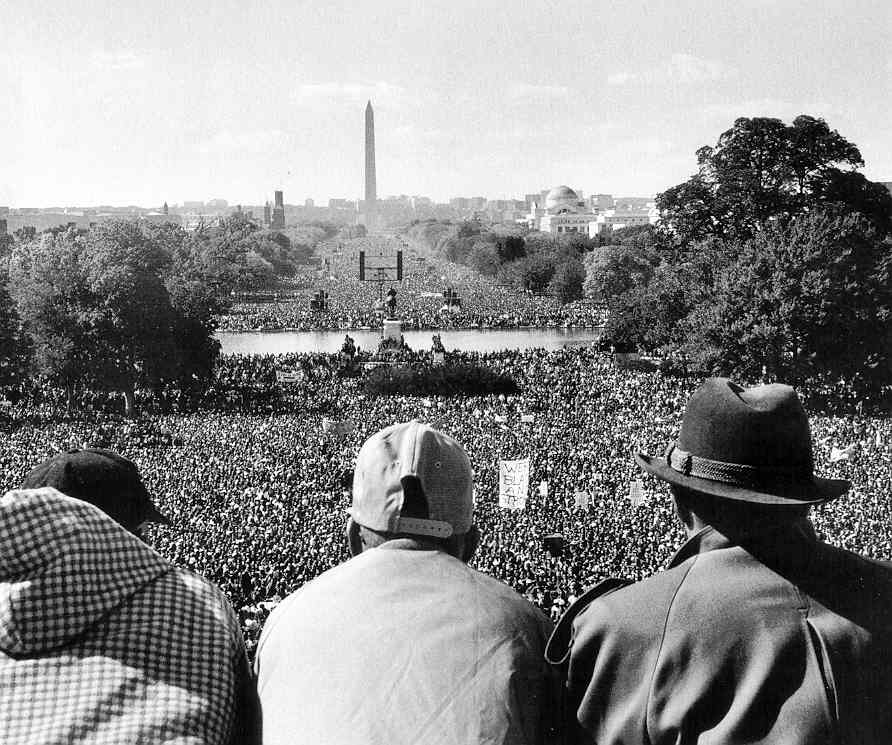
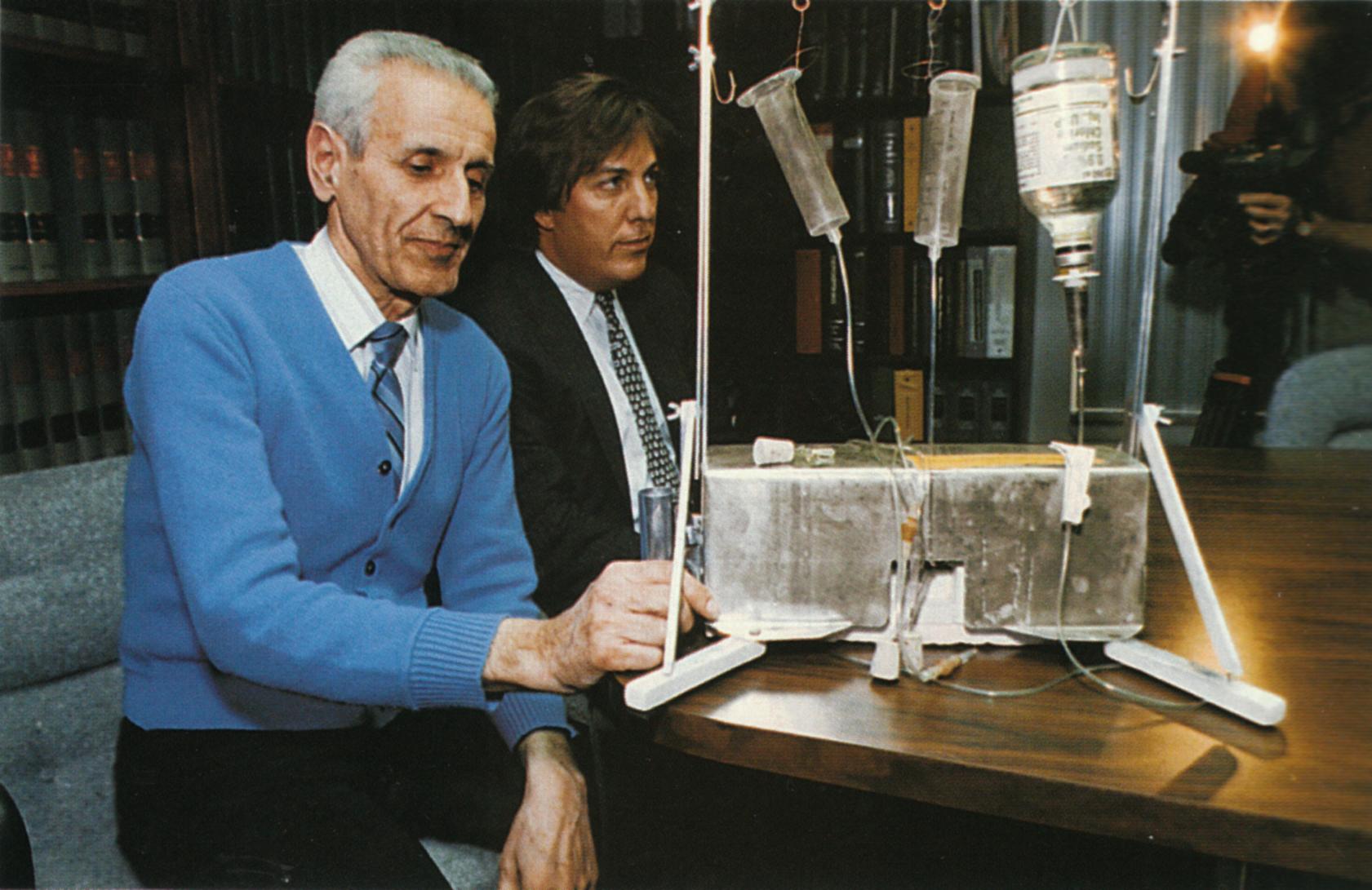

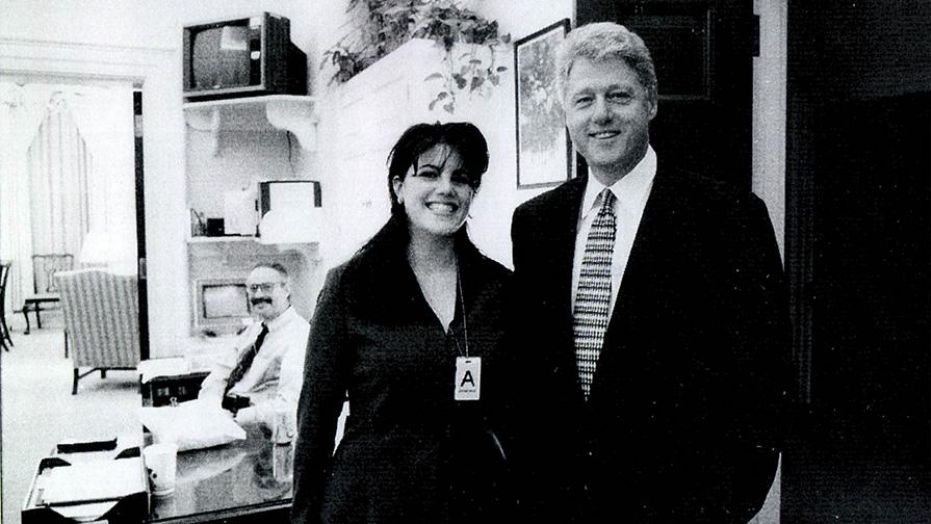
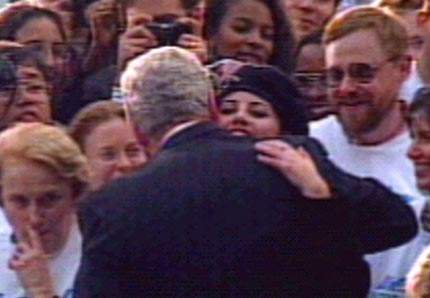

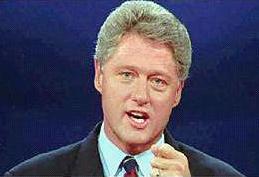
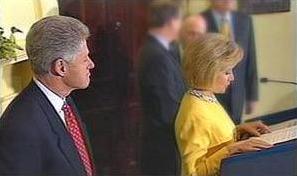
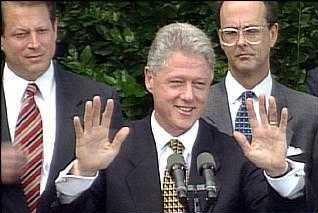
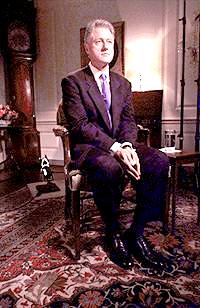
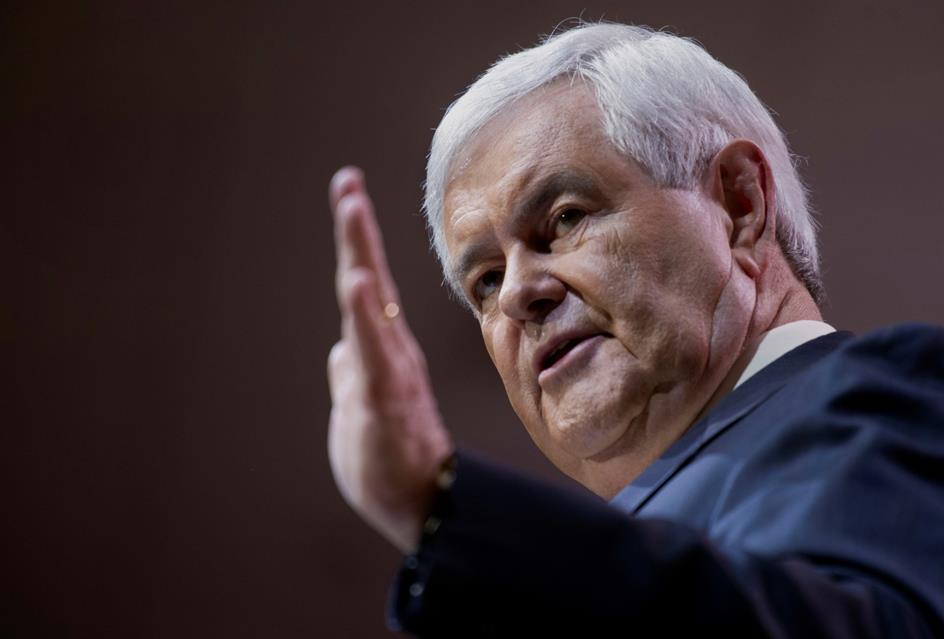


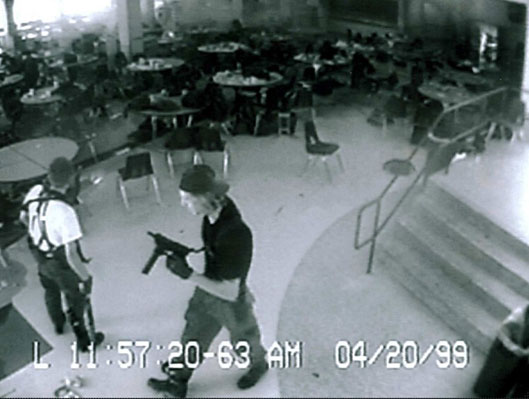
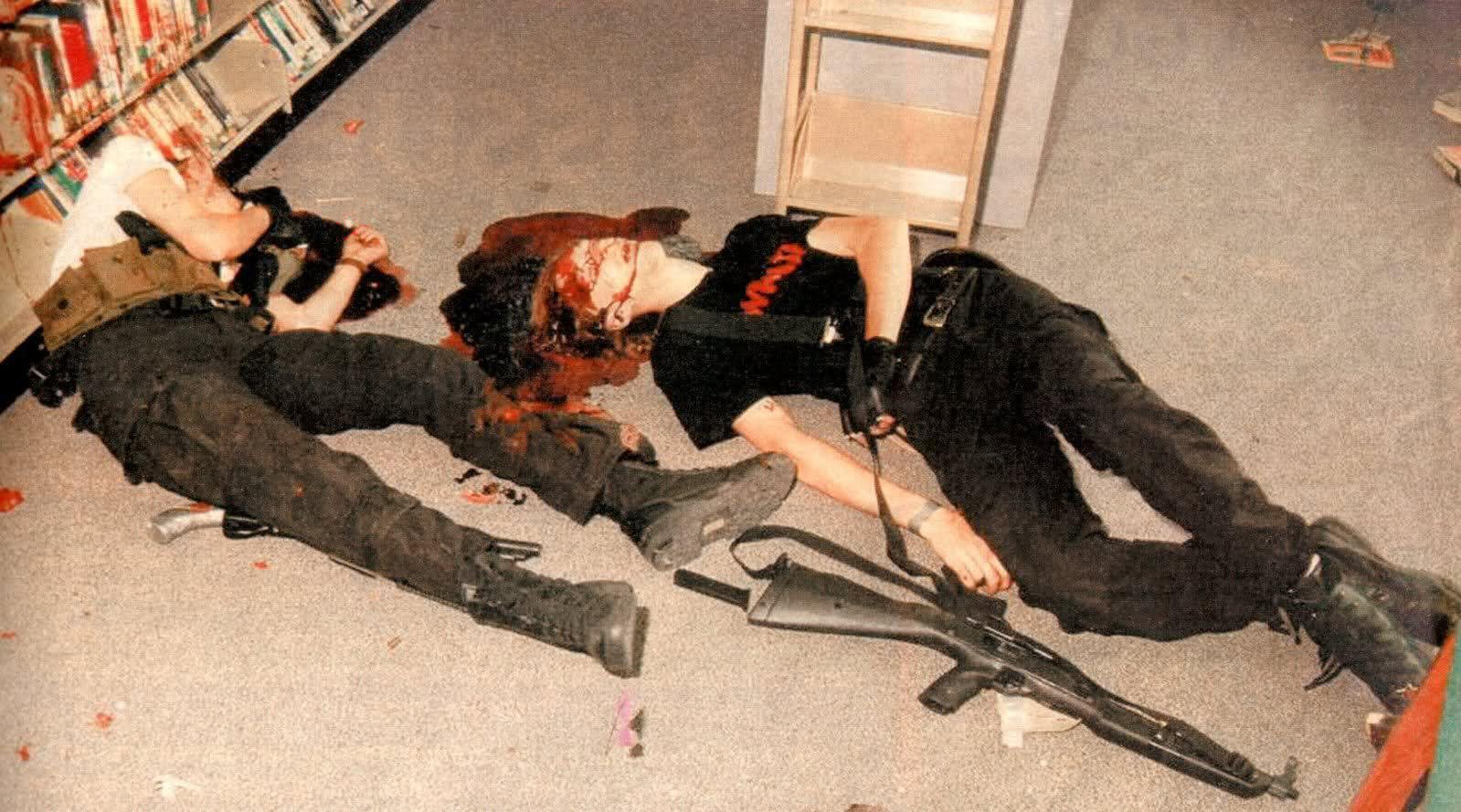
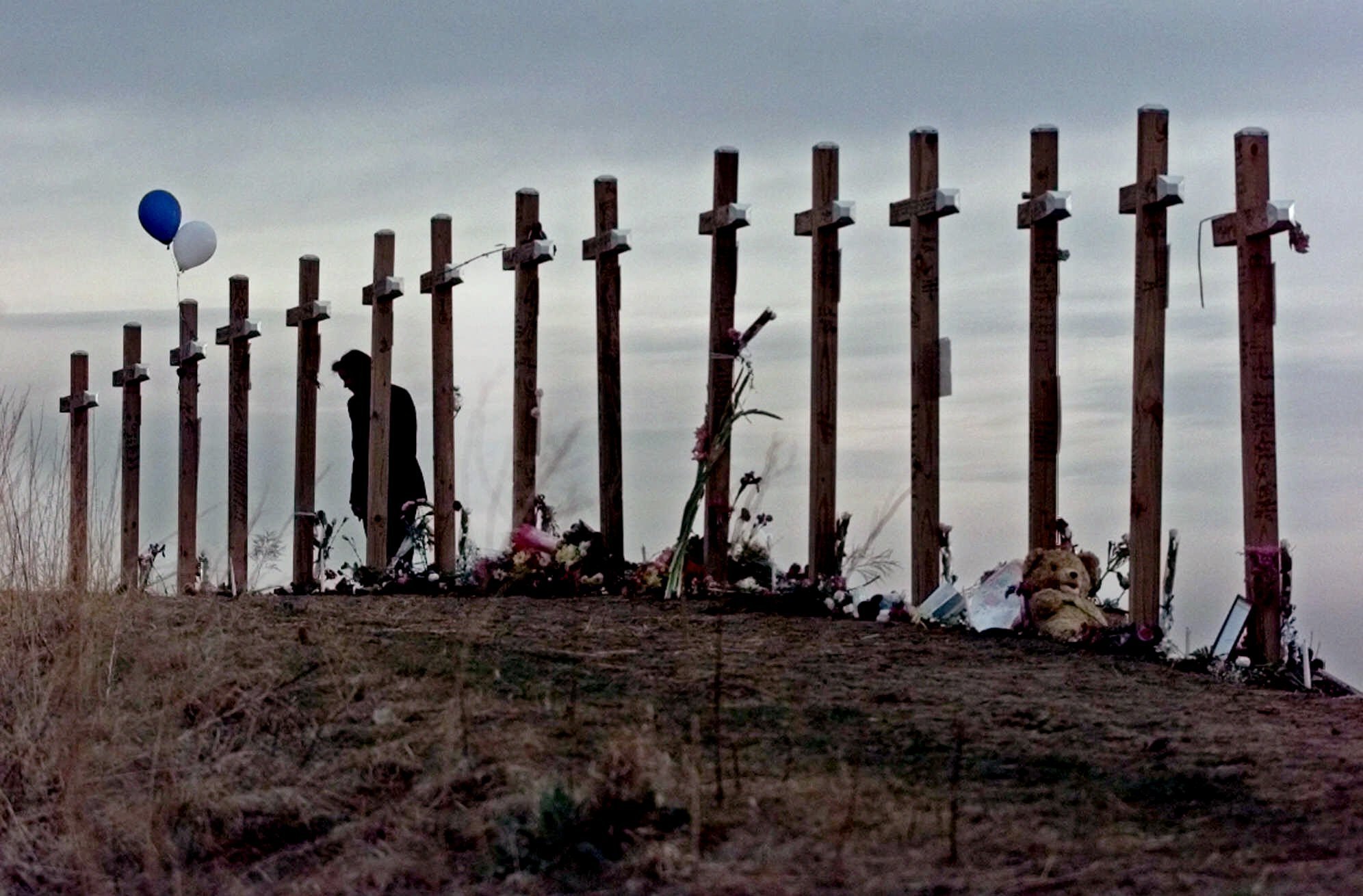
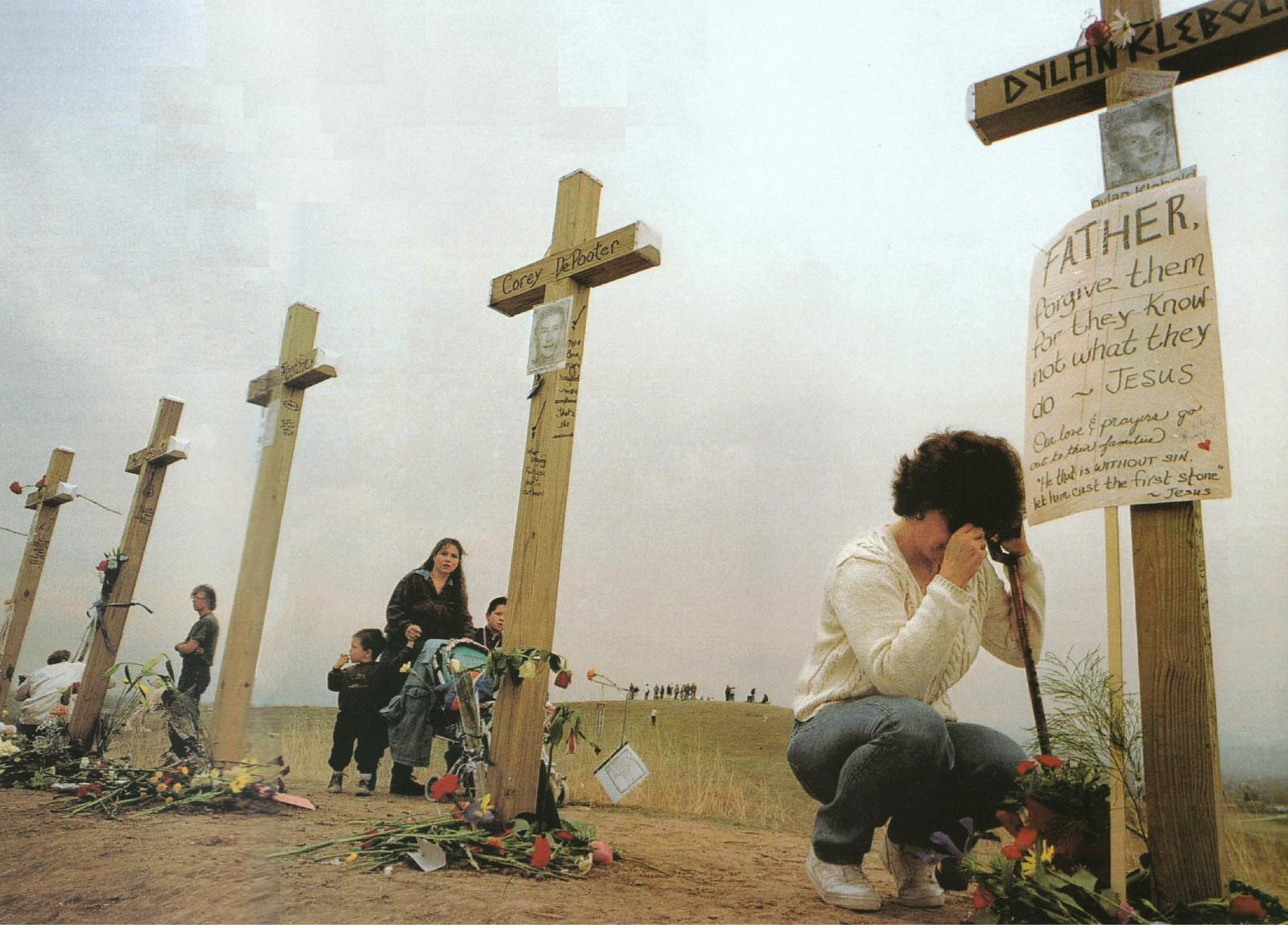

 Miles
H. Hodges
Miles
H. Hodges